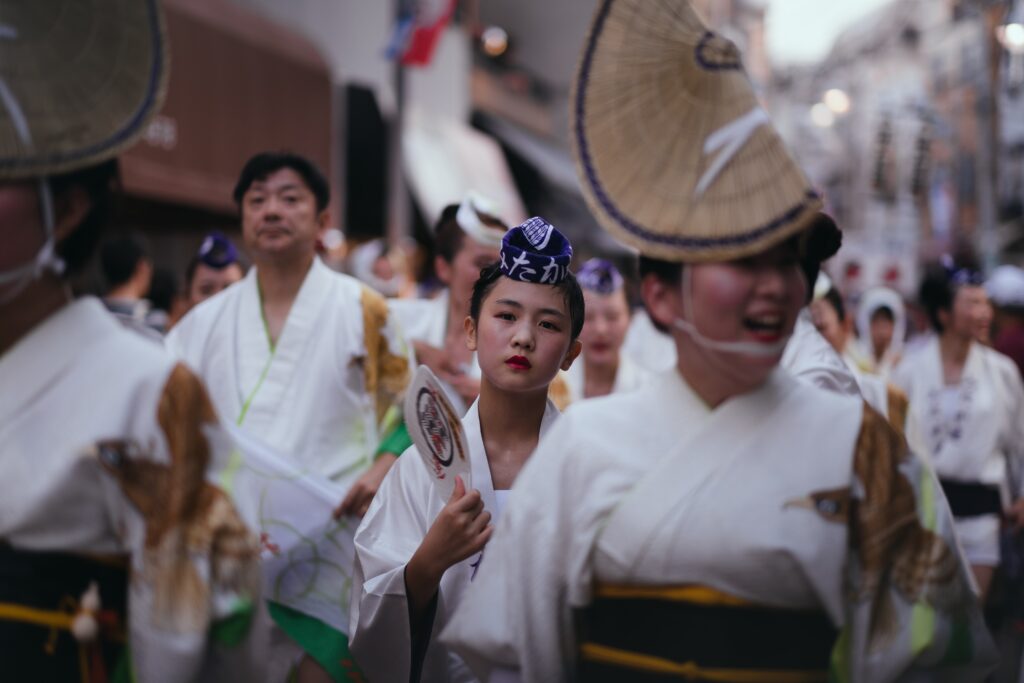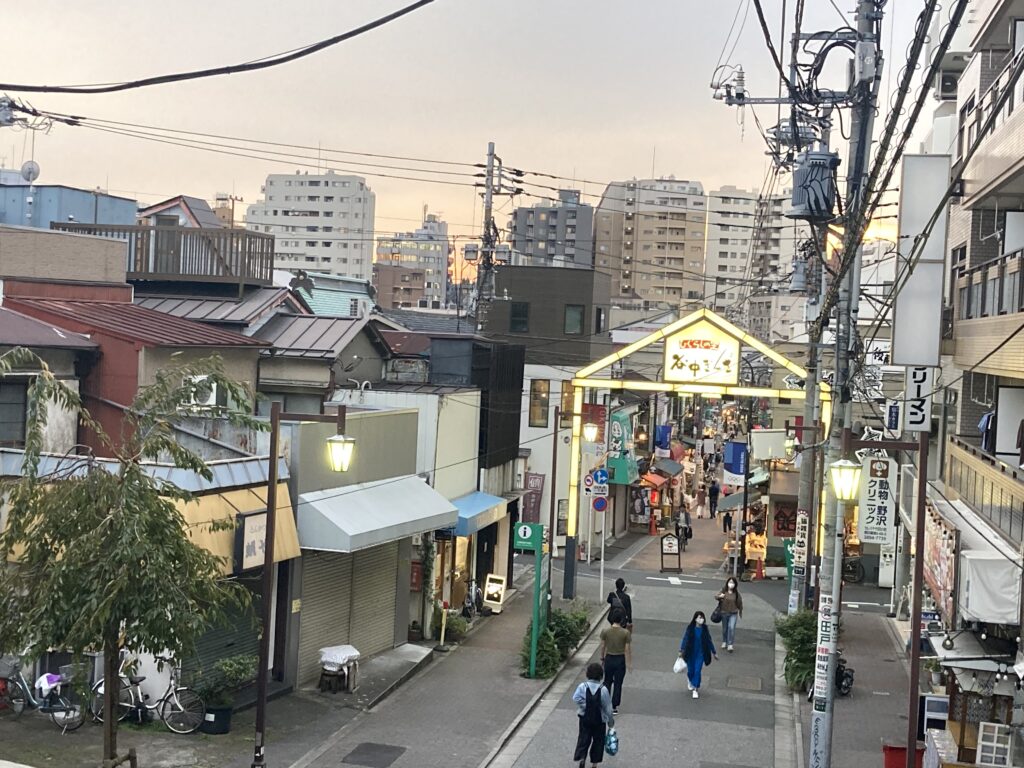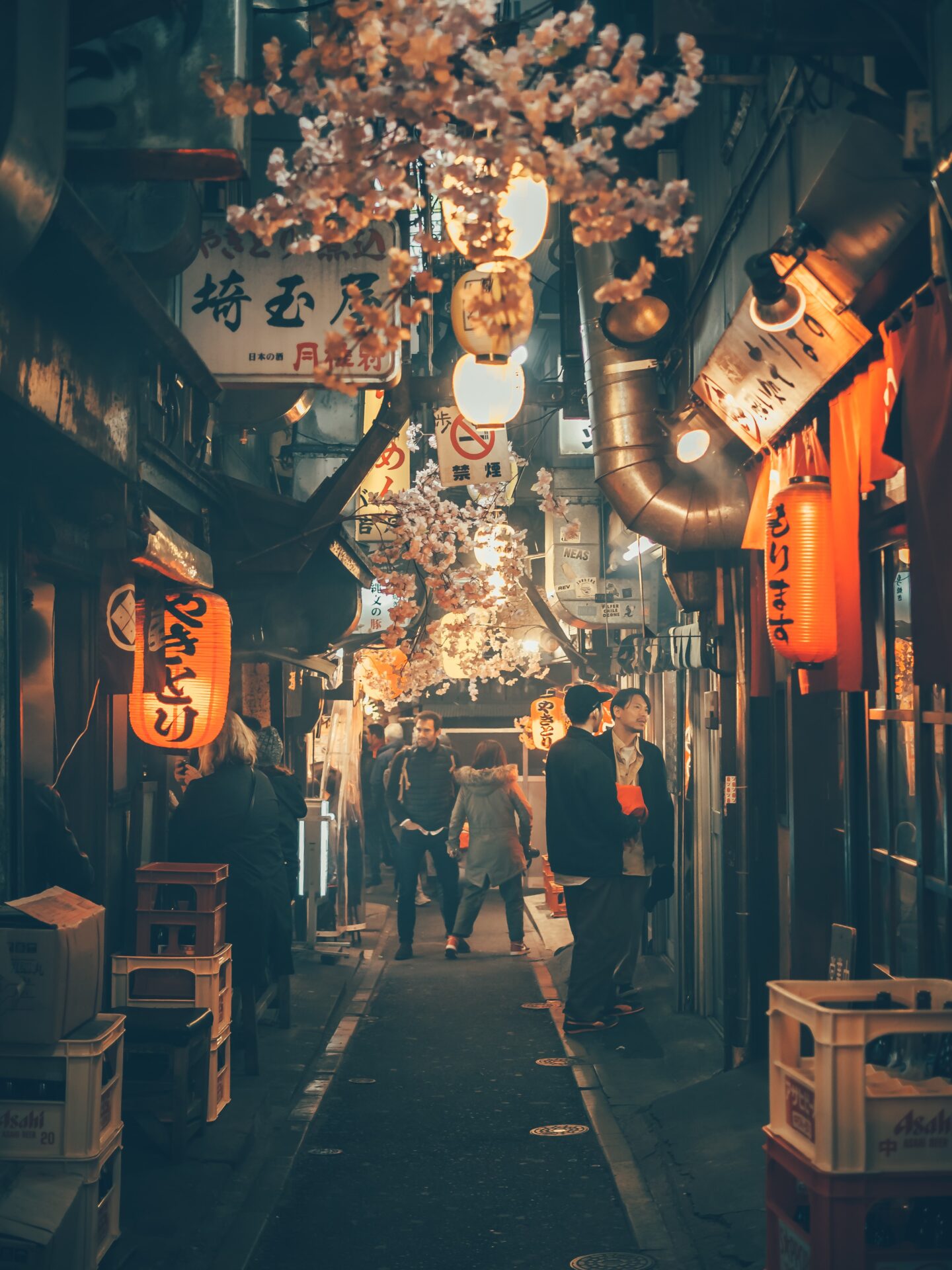Overview
Inside Tokyo’s 23 wards and its suburbs are hundreds of stations and areas with their own defining personalities. Some are quiet and laid back, others vibrant and eclectic.
Some areas are well known for particular features– Omotesando and Ginza for luxury shopping, Shimokitazawa and Koenji for vintage shopping, for example. At the same time, some areas have built their uniqueness over several decades, while the vibe of some places is still emerging.
With so much on offer, coupled with personal considerations, it can be hard deciding where to have lunch, hang out or live in Tokyo. If you’re looking for areas with a bit of a twist, areas that are simply interesting to play, work and sleep, these five areas fit the bill.
1. Daikanyama
From fashion forward brands to vintage stores, trendy eateries to small, traditional food stands, Daikanyama is a neighborhood in Tokyo’s Shibuya ward offering a hip balance.
Its residents are among the most stylish you’ll see in the city. The high rises house some of the coolest restaurants and bars, many with terraces to soak up sun in the daytime and admire the skyline at night. Recently, the area has become known for its collection of brunch spots, top among them Ivy Place. This restaurant offers a western atmosphere and, with English menus, is quite foreigner-friendly. Morning options include pancakes and smoothies. One fun fact is that its location, the T-site complex, is a bookstore that has been dubbed, ‘library in the woods’. It is a captivating building whose design reflects the shape of a tree.
The side streets and alleys of Daikanyama are packed with smaller stores including coffee shops, antique shops, galleries, live music houses and clubs. And if you want some peace and quiet, to be at one with nature, retreat to nearby Saigoyama Park, which overlooks parts of the city. It’s not a famous Tokyo park, but Saigoyama does not disappoint with its spring blooms and views of Mt Fuji on clear days.

2. Koenji
If Daikanyama is now, Koenji in Suginami ward is then. The old– from vintage clothes to records– is celebrated in this town outside the city-center, and it’s all affordable. If you love shopping, particularly thrift shopping, and discovering cheap, tasty food, this town is an excellent option to make your home. Look Shopping Street has a wide variety of thrift stores selling not just fashions from yesteryear, but trendy clothes as well.
The street is also dotted with unique cafes, as is the nearby Pal Shopping Street, which has an array of food, clothing, and specialty shops. The many shopping areas that surround the station all have their defining charm, which come together to give Koenji its reputation of being a cool center of vintage in Tokyo. Shopping is a big deal here, but it’s not all about shopping. Daichi Ichiba is an alley with shops serving food from Southeast Asia.
Shrines and temples such as Japan’s only weather shrine, are great for sightseeing and in summer the Awa-Odori festival sees thousands of people dancing through the streets, and thousands more just watching. Koenji Chuo Park can keep the kids entertained for a bit, while the adults take a shopping break.
It’s not possible to talk about Koenji and not mention that it’s deemed the birthplace of Japanese punk music. Today, there are many live houses and bars featuring music from various genres.

3. Yanesen
The first thing to know about Yanesen is that it’s actually three areas: Yanaka, Nezu and Sendagi. It is located in Taito and Bunkyo wards, and is the place to call home if you’re in search of an authentic Japan of the past.
The area was spared World War II bombing, and so retains architecture from the Edo period. The narrow streets might provide a glimpse into a past that’s hard to see in busy areas like Shinjuku or Shibuya.
Another thing to know is that the area has hundreds of temples and shrines, including some of the oldest and most beautiful in Japan. The more than 1,9000 year-old Nezu Shrine is one example. Still one more thing to know is that this is a cat-lover’s paradise. Cat motifs can be seen all throughout the area, there are cat cafes and shops serving cat-shaped sweets. Naturally, this is the place to live if you have a cat or dream of owning many.
Yanaka Ginza shopping street, a short walk from Nippori station is the place to experience the shitamachi (old downtown) energy, as sounds and smells rush out of dozens of shops. But the whole area is quiet– not what you might associate with Tokyo. If you’re worried that such a traditional area won’t be foreigner-friendly, fret not. The area is popular with foreign visitors and the Tourist Information and Culture Center offers Japanese cultural experience programs and opportunities to explore the area.

4. Kagurazaka
If you really like France, but find yourself living in Tokyo, make Kagurazaka, known as Little Paris, your home. In fact, a number of people from France reside in Kagurazaka and the French Institute is located there. French music wafts through the air and intermixes with the sounds of footsteps on cobbled streets of this slope with numerous alleys branching off.
Alongside this French presence, Kagurazaka also has traditional Japanese features such as geisha houses, shrines, and exclusive restaurants serving Japanese course meals, kaiseki ryori. Of course, given the area’s French influence, there are many restaurants and cafes serving French food as well. Although Kagurazaka is located in Shinjuku ward, it is much more subdued than Shinjuku itself and can even be romantic. This is balanced by its daytime intellectual atmosphere created by the presence of schools, universities and publishing houses in the area. All of this comes together to form a mellow, foreigner-friendly community where you can spend days exploring its shrines and green areas, and nights its many restaurants and bars with diverse culinary experiences.
Nearby amusement space Tokyo Dome City’s attractions include a ferris wheel, and a roller coaster, and Tokyo Dome, in addition to hosting baseball games, is a popular concert venue for the biggest stars from all over the world. Kitanomaru Park and Meijijingu Gaien are two Tokyo parks, both with interesting histories, that are within a short walk or subway ride of Kagurazaka.
5. Jimbocho
Jimbocho in Chiyoda ward is well known as Tokyo’s book town.
With well over 150 bookstores, this is the place to stare in awe at packed, towering bookshelves and relish the smell of the pages as you travel to worlds held in the palm of your hands. While most of the bookstores obviously sell Japanese books, a handful of foreigner-friendly stores sell books in other languages including English. But if you love books and love being around them, regardless of the language they’re written in, then you should also enjoy the stores selling Japanese books as well.
Nothing goes better with books than cozy cafes and Jimbocho has a wide selection of coffee shops and (curry) restaurants that complement its bookishness quite well. Now despite the bookstores and many universities giving Jimbocho its studious atmosphere, it is primarily a business district by day. There are, of course, apartments and living solutions in the area, but it might also be useful to live at some nearby stations so you can still feel the literary energy of the book town and get to the heart of it quite easily.
Jimbocho Station is very accessible as it is served by three subway lines– Mita, Shinjuku and Hanzomon.
It is quite close to Kanda and Ochanomizu, which both have JR stations. In addition to bookstores, Jimbocho has a sizable collection of music and snow sport stores. And finally, Yasukuni and Kanda Myoujin are two well known shrines in the area.
Conclusion
When it comes to identifying somewhere to live in Tokyo, you are quite likely to find a place that meets your priorities and interests.
These could be fashion, food, live music, family-friendly fun, or history and tradition. That’s because the metropolis really does have something for everyone.
Should you make Daikanyama, Koenji, Yanesen, Kagurazaka, Jimbocho or their surrounding areas your home, you are promised an experience as unique as the characteristics of these areas. Choose Daikanyama for style, Koenji for vintage, Yanesen for old Japan, Kagurazaka for its French atmosphere and geisha houses, and Jimbocho for an absorbing bibliophile experience.
Writer: F.K.

